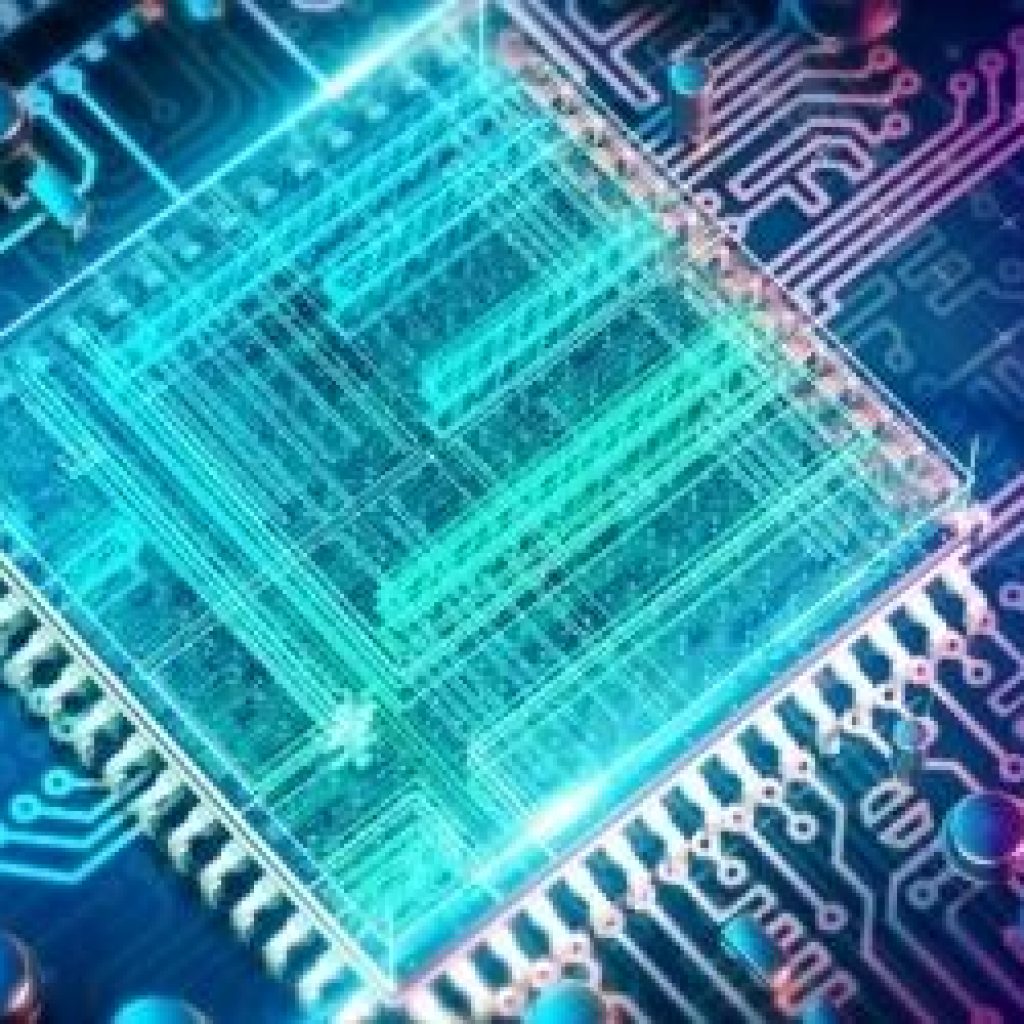(Science.mag) Experts stress the importance of quantum error correction and author Adrian Cho has written an extensive review of the issue and attempts to correct quantum error correction. “It is really the difference between a $100 million, 10,000-qubit quantum computer being a random noise generator or the most powerful computer in the world,” says Chad Rigetti, a physicist and co-founder of Rigetti Computing. All experts agree that spreading the information ordinarily encoded in a single jittery qubit among many of them in a way that maintains the information even as noise rattles the underlying qubits is critical. “You’re trying to build a ship that remains the same ship, even as every plank in it rots and has to be replaced,” explains Scott Aaronson, a computer scientist at the University of Texas, Austin.
The early leaders in quantum computing—Google, Rigetti, and IBM—have all trained their sights on that target. “That’s very explicitly the next big milestone,” says Hartmut Neven, who leads Google’s Quantum Artificial Intelligence lab. Jay Gambetta, who leads IBM’s quantum computing efforts, says, “In the next couple of years, you’ll see a series of results that will come out from us to deal with error correction.”
Noise nearly drowned out the signal in Google’s quantum supremacy experiment. Researchers began by setting the 53 qubits to encode all possible outputs, which ranged from zero to 253. They implemented a set of randomly chosen interactions among the qubits that in repeated trials made some outputs more likely than others. Given the complexity of the interactions, a supercomputer would need thousands of years to calculate the pattern of outputs, the researchers said. So by measuring it, the quantum computer did something that no ordinary computer could match. But the pattern was barely distinguishable from the random flipping of qubits caused by noise. “Their demonstration is 99% noise and only 1% signal,” Kuperberg says.
Experimenters have already made a start. For example, in a Nature Physics study published on 8 June, Andreas Wallraff at ETH Zurich and colleagues demonstrated that they could detect—but not correct—errors in a logical qubit encoded in a square of four qubits with three ancillary qubits.
But experimenters face a daunting challenge. Manipulating individual qubits can introduce errors, and unless that error rate falls below a certain level, then entangling more qubits with the original one only adds more noise to the system, says Maika Takita, a physicist at IBM. “To demonstrate anything you have to get below that threshold,” she says.
Nobody is willing to predict how long it will take researchers to master error correction. But it is time to turn to the problem in earnest, Rigetti says. “Thus far, substantially all the researchers who would identify themselves as error correction researchers are theorists,” he says. “We have to make this an empirical field with real feedback on real data generated with real machines.” Quantum supremacy is so 2019. In quantum computing, error correction is the next hot thing.
Error Correction the ‘Next Hot Thing’ in Quantum Computing
